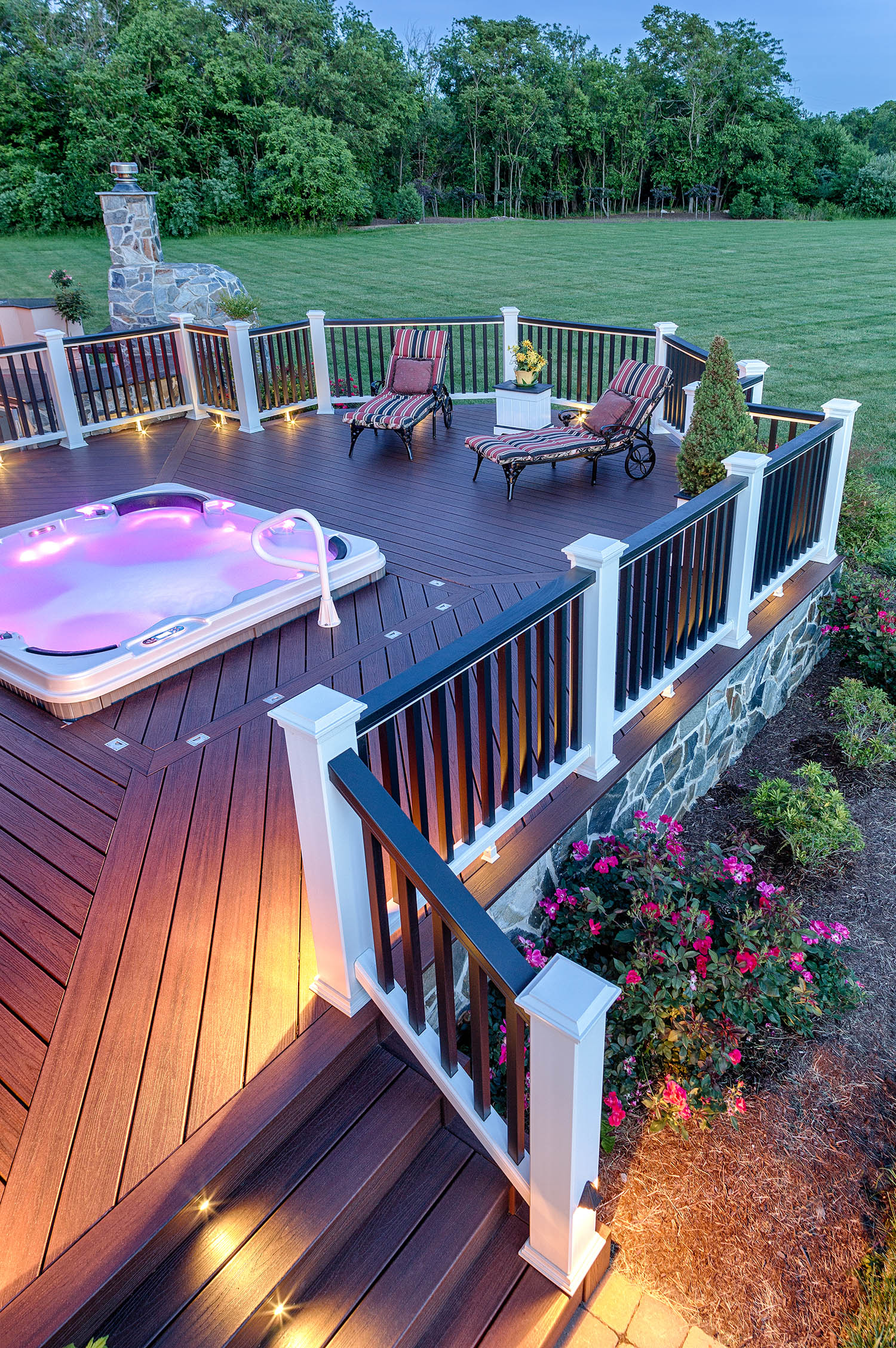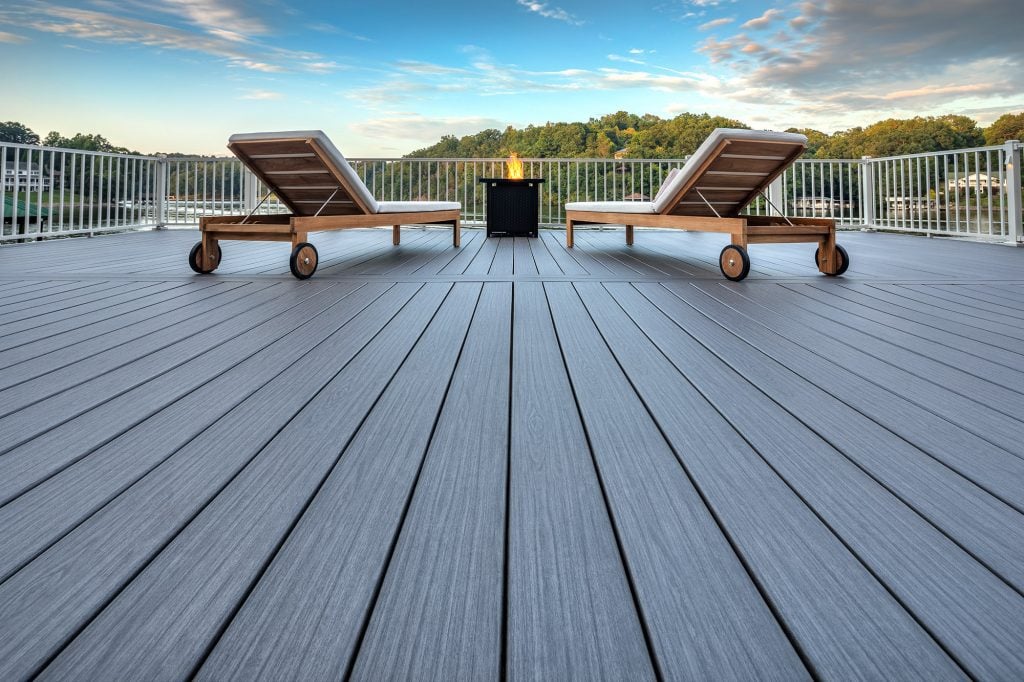When it comes to home improvements, homeowners often weigh the costs against the potential return on investment (ROI). One popular upgrade is adding a deck, and Trex—a leading brand in composite decking—frequently comes up in the conversation.
But does a Trex deck actually add value to a home? Let’s explore the factors at play, from financial returns to lifestyle benefits.
The Financial Perspective: ROI of a Trex Deck
A deck, in general, is a solid investment. According to the 2023 Cost vs. Value Report by Remodeling Magazine, a composite deck addition recoups about 60-70% of its cost at resale, depending on the region and market conditions. Trex, as a premium composite decking material, often falls on the higher end of that spectrum due to its durability and low maintenance appeal.
Unlike traditional wood decks, which require regular staining, sealing, and repairs, Trex decking is made from a blend of recycled wood fibers and plastic, making it resistant to rot, insects, and weathering. This longevity can translate into a higher resale value because buyers see it as a “set it and forget it” feature—no annual upkeep costs eating into their budget.
Real estate agents often note that well-maintained outdoor spaces, especially those with high-quality materials like Trex, can make a home stand out in a competitive market.
However, the exact value added depends on your location. In regions with mild climates where outdoor living is a year-round perk (think California or the Southeast), a Trex deck can significantly boost a home’s appeal and price.
In colder climates with shorter outdoor seasons, the ROI might be lower, though the durability of Trex still gives it an edge over wood. However in cold climates a home owner might only have 5 months of prime weather which can make low maintenance decks like Trex have a higher value. A low maintenance Trex deck leaves homeowners in cold northern climates more time to enjoy their deck or do other projects.
Beyond Dollars: Lifestyle and Buyer Appeal
Value isn’t just about money—it’s also about how a deck enhances your home’s livability. A Trex deck extends your living space, creating an area for entertaining, relaxing, or dining al fresco. With options like fade-resistant colors and textures that mimic natural wood, it’s aesthetically versatile, appealing to a wide range of tastes. Home buyers, especially younger families or those who love to host, often see a deck as a must-have feature, and Trex’s reputation for quality can tip the scales in your favor.
Additionally, Trex’s eco-friendly credentials—made from up to 95% recycled materials—resonate with environmentally conscious buyers. In a market where sustainability is increasingly prized, this can be a subtle but meaningful selling point.
Cost Considerations
Of course, the upfront cost of a Trex deck is higher than a basic wood deck. Depending on size, design, and labor, a Trex installation might run $20-$50 per square foot, compared to $10-$25 for pressure-treated wood. But wood decks degrade faster, and the cumulative cost of maintenance can close that gap over time. Buyers recognize this, and a Trex deck’s “like-new” condition years after installation can justify the initial investment in their eyes.
Does It “Add Value”? The Verdict
Yes, a Trex deck typically adds value to a home, both financially and functionally. You’re likely to recoup a substantial portion of the cost—potentially 60-70% or more—at resale, especially in outdoor-friendly markets. Beyond the numbers, it enhances your home’s appeal, offering a low-maintenance, stylish space that modern buyers covet.
That said, the value isn’t guaranteed to exceed the cost, so it’s wise to consider your local market and how long you plan to stay in the home. If you’ll enjoy the deck for years before selling, the lifestyle benefits alone might make it worthwhile.
In short, a Trex deck is a smart addition that balances practicality, aesthetics, and resale potential. It’s not a golden ticket to a massive profit, but it’s a reliable way to elevate your home’s worth—inside and out.

